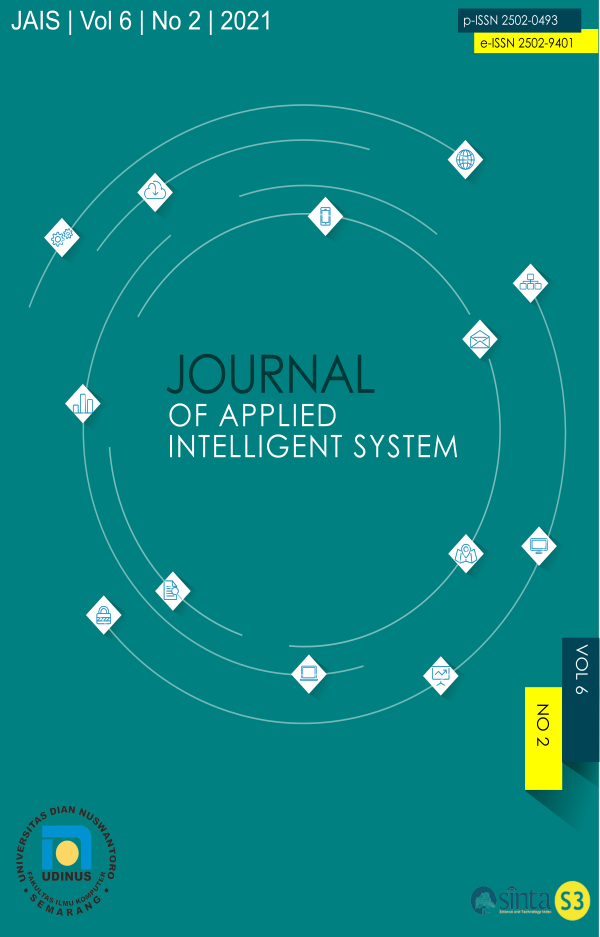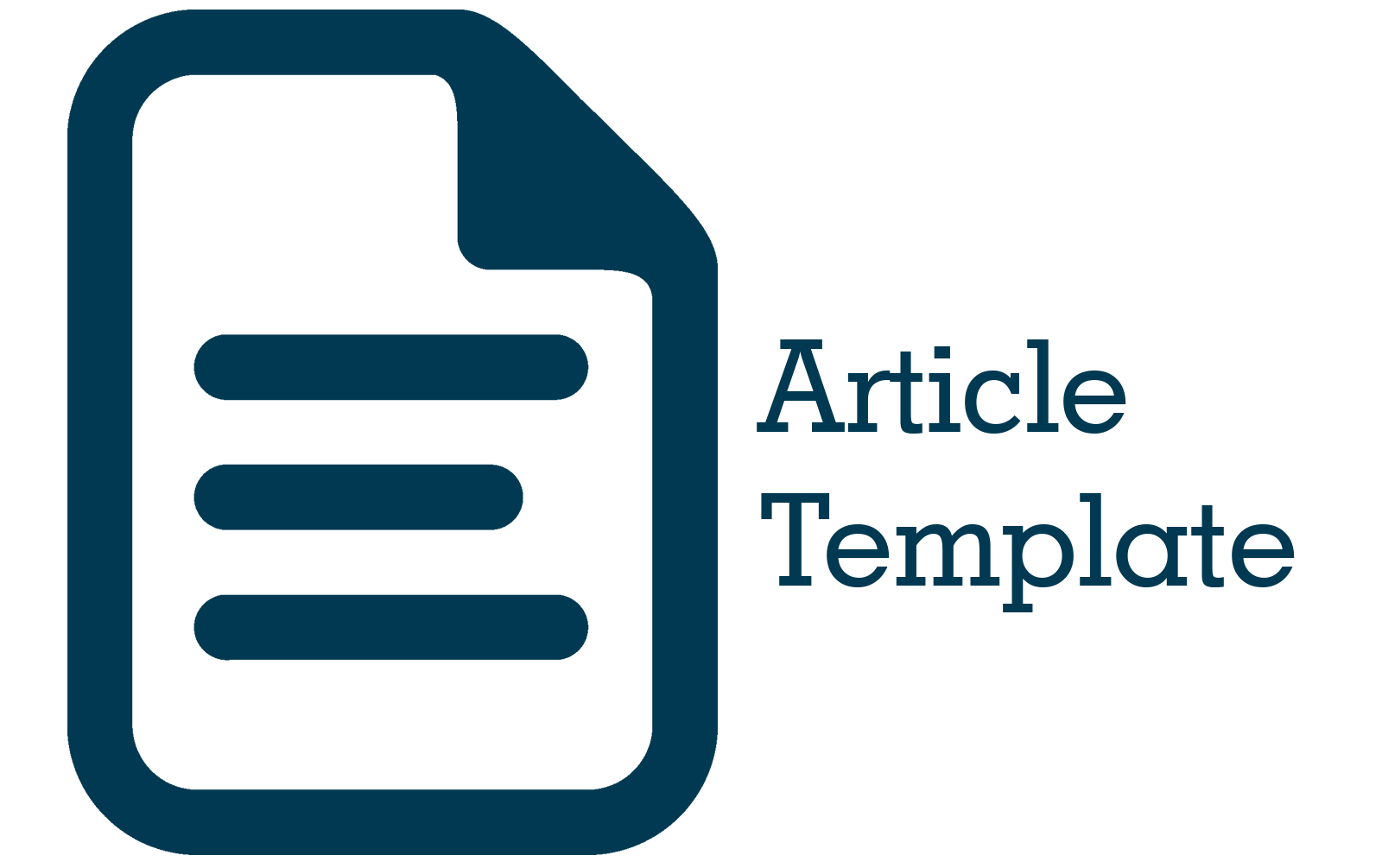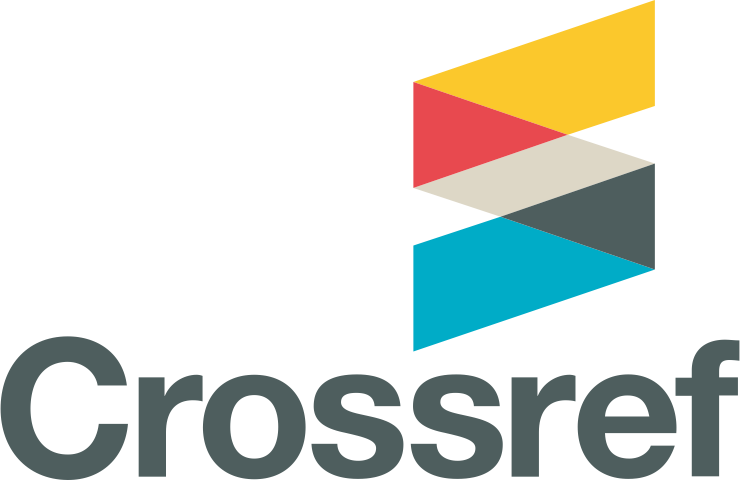Designing The Concepts - Framework & The Maturity Level Of Smart Pondok Pesantren (Islamic Boarding Schools)
DOI:
https://doi.org/10.33633/jais.v6i2.4602Abstract
Abstract - The development of information technology and significant progress is happening today, where changes need to face increasingly high global competition. Islamic boarding schools are the centre of change, where boarding schools must develop four important factors: human resource development, information technology, culture and e-spirituality. This article is about developing smart city 3.0 and 5.0, where the resulting framework and methods can apply to Islamic boarding schools. Our research object is Islamic boarding schools, and in this place, we do community service. This article's results are the framework and the maturity level of smart Islamic boarding schools, where there are three indicators (people-culture, technology-business, implementation-global goals) and three important levels (stage 1-the foundation, stage 2-good foundation, stage 3- great foundation), which are the basis for developing a smart islamic boarding school. Moreover, this article is version 1.0, which in its development will extend to the application. An application Si-PenO (Online registration information system) completed at the Askhabul Kahfi Islamic boarding school as proof of applying the concept we created in this article. This change is needed to face globalization, and change is a good thing if it does systematically. Furthermore, this article will continue to develop in versions 2.0 and 3.0 and applications that we will implement in Islamic boarding schools.References
W. P. Onyango, “Effects of Organization Culture on Change Management: A Case of the Vocational Training Centre for the Blind and Deaf Sikri,” Eur. J. Bus. Manag., vol. 6, no. 34, pp. 2222–2839, 2014, [Online]. Available: http://www.iiste.org/Journals/index.php/EJBM/article/viewFile/17157/18008.
S. Y. Wu, D. B. Turban, and Y. H. Cheung, “Social skill in workplace mentoring relationships,” J. Organ. Cult. Commun. Confl., vol. 16, no. 2, pp. 61–72, 2012.
J. Suwaryo, H. K. K. Daryanto, and A. Maulana, “Organizational Culture Change and its Effect on Change Readiness through Organizational Commitment,” Bisnis Birokrasi J., vol. 22, no. 1, 2016, DOI: 10.20476/jbb.v22i1.5431.
M. Alvesson and S. Sveningsson, Changing organizational culture: Cultural change work in progress. 2007.
R. K. Smollan and J. G. Sayers, “Organizational Culture, Change and Emotions: A Qualitative Study,” J. Chang. Manag., vol. 9, no. 4, pp. 435–457, 2009, DOI: 10.1080/14697010903360632.
S. K. Tran, “GOOGLE: a reflection of culture, leader, and management,” Int. J. Corp. Soc. Responsib., vol. 2, no. 1, 2017, DOI: 10.1186/s40991-017-0021-0.
C. Whelan, "Organizational culture and cultural change: A network perspective," Aust. New Zeal. J. Criminol., vol. 49, no. 4, pp. 583–599, 2016, doi: 10.1177/0004865815604196.
S. Wadood, B. Gharleghi, and B. Samadi, “Influence of Change in Management in Technological Enterprises,” Procedia Econ. Financ., vol. 37, no. 16, pp. 129–136, 2016, DOI: 10.1016/s2212-5671(16)30103-4.
D. V. Chulkov, “On the Role of Switching Costs and Decision Reversibility in Information Technology Adoption and Investment,” J. Inf. Syst. Technol. Manag., vol. 14, no. 3, pp. 309–321, 2017, DOI: 10.4301/s1807-17752017000300001.
J. Clarke-Midura and C. Dede, “Assessment, technology, and change,” J. Res. Technol. Educ., vol. 42, no. 3, pp. 309–328, 2010, DOI: 10.1080/15391523.2010.10782553.
J. Sheoran, “Technological Advancement and Changing Paradigm of Organizational Communication,” Int. J. Sci. Res. Publ., vol. 2, no. 1, pp. 2250–3153, 2012, [Online]. Available: www.ijsrp.org.
A. P. Ndesaulwa, “The Impact of Technology and Innovation (Technovation) in Developing Countries: A Review of Empirical Evidence,” J. Bus. Manag. Sci., vol. 4, no. 1, pp. 7–11, 2016, DOI: 10.12691/jbms-4-1-2.
B. Lowe, Y. Dwivedi, and S. P. D’Alessandro, “Consumers and Technology in a Changing World,” Eur. J. Mark., vol. 53, no. 6, pp. 1038–1050, 2019, DOI: 10.1108/EJM-06-2019-966.
J. Winkowska, D. Szpilko, and S. Peji?, “Smart city concept in the light of the literature review,” Eng. Manag. Prod. Serv., vol. 11, no. 2, 2019.
D. T. ILI?, B. M. MARKOVI?, and N. KRASULJA, "smart city: a contemporary concept of sustainable urban development," J. Chem. Inf. Model., vol. 9, no. 1 (21), 2020.
R. A. Shichiyakh, D. A. Klyuchnikov, S. P. Balashova, S. N. Novoselov, and N. N. Novosyolova, “Smart city as the basic construct of the socio-economic development of territories,” Int. J. Econ. Financ. Issues, vol. 6, no. 1S, pp. 157–162, 2016.
M. Bakri and A. A. Kasim, “The Urban Planning Concept Based on Smart City Approach,” Int. J. Livable Sp., vol. 3, no. 2, p. 63, 2018, DOI: 10.25105/livas.v3i2.3014.
X. Chen, “The development trend and practical innovation of smart cities under the integration of new technologies,” Front. Eng. Manag., vol. 6, no. 4, pp. 485–502, 2019, DOI: 10.1007/s42524-019-0057-9.
M. Kola-Bezka, M. Czupich, and A. Ignasiak-Szulc, “Smart cities in central and Eastern Europe: Viable future or unfulfilled dream?,” J. Int. Stud., vol. 9, no. 1, pp. 76–87, 2016, DOI: 10.14254/2071-8330.2016/9-1/6.
E. P. Trindade, M. P. F. Hinnig, E. M. da Costa, J. S. Marques, R. C. Bastos, and T. Yigitcanlar, “Sustainable development of smart cities: A systematic review of the literature,” J. Open Innov. Technol. Mark. Complex., vol. 3, no. 3, 2017, DOI: 10.1186/s40852-017-0063-2.
S. P. Mohanty, U. Choppali, and E. Kougianos, “Everything you wanted to know about smart cities,” IEEE Consum. Electron. Mag., vol. 5, no. 3, pp. 60–70, 2016, DOI: 10.1109/MCE.2016.2556879.
M. S. H. Ansari and M. Mehrotra, “Development of smart cities and its sustainability: A smart city framework,” Int. J. Innov. Technol. Explor. Eng., vol. 8, no. 11, pp. 646–655, 2019, DOI: 10.35940/ijitee.K1703.0881119.
S. Wibowo and I. Gamayanto, “Konsep dan Strategi Pengembangan Smart Regional (Smart City) Dalam Menghadapi Globalisasi Version 3.0 Dengan Menggunakan Metode PDCA & USEPDSA,” J. Litbang Kota Pekalongan, vol. 17, no. 1, pp. 44–53, 2019.
A. Nurhindarto and I. Gamayanto, “Developing Smart City 5 . 0 Framework to Produce Competency,” J. Appl. Intell. Syst., vol. 5, no. 1, pp. 23–31, 2020.
Departemen Agama RI, “Analisis Statistik Data Pendidikan Islam,” 2008.
Kementrian Agama Republik Indonesia, “Analisis dan Interpretasi Data pada Pondok Pesantren , Madrasah Diniyah ( Madin ), Taman Pendidikan Qur ’ an ( TPQ ) Tahun Pelajaran 2011-2012,” 2012.
A. Tolib, “Pendidikan Di Pondok Pesantren Modern Terpadu,” Risalah, vol. 1, no. 1, pp. 60–66, 2015.
A. B. Tamam, “MODEL PENELITIAN TAFSIR; STUDI KARYA HOWARD M . FEDERSPIEL ‘ Popular Indonesian Literature Of The Qur’an ,’” Madinah J. Stud. Islam, vol. 5, no. 2, pp. 125–138, 2018.
F. W. Rohmiyati, “THE ROLE OF SCHOOL PRINCIPAL IN THE MINDSET FORMATION (Analysis Study at Islamic Kindergarten Tunas Melati Yogyakarta),” J. Ilm. Pesantren, vol. 5, no. 2, pp. 741–754, 2019.
C. Coleman Ato, "The Role of HR in Organizational Culture and Knowledge Management," Open J. Hum. Resour. Manag., vol. 1, no. 2, pp. 22–43, 2018.
N. Jerome, “Empirical Investigation of the Impact of Organizational Culture on Human Resource Management,” Int. J. Bus. Soc. Sci., vol. 4, no. 5, pp. 84–93, 2013.
D. Crews and S. Richard, “Aligning culture with human resource strategies,” Int. J. Bus. Soc. Sci., vol. 4, no. 15, pp. 71–75, 2013.
A. O. Osibanjo and A. A. Adeniji, “Impact of Organizational Culture on Human Resource Practices: A Study of Selected Nigerian Private Universities,” J. Compet., vol. 5, no. 4, pp. 115–133, 2013, DOI: 10.7441/joc.2013.04.07.
B. B. Miliki?, “The influence of culture on human resource management processes and practices: The propositions for Serbia,” Econ. Ann., vol. 54, no. 181, pp. 93–118, 2009, DOI: 10.2298/EKA0981093B.
B. M. Alwi, “Pondok Pesantren: Ciri Khas, Perkembangan, Dan Sistem Pendidikannya,” Lentera Pendidik. J. Ilmu Tarb. dan Kegur., vol. 16, no. 2, pp. 205–219, 2016, doi: 10.24252/lp.2013v16n2a8.
M. ‘Aliyah, “Knowledge Management Sebagai Upaya Pengembangan Learning Organization Di Pondok Pesantren Mahasiswa Al-Muayyad Windan,” J. Ilm. Pesantren, vol. Vol 6, no. 2, pp. 729–740, 2020.
K. Khasanah, M. Muhlas, and L. Marwani, “Development of E-Learning Smart Apps Creator (Sac) Learning Media for Selling Employees on Paid Tv,” Akademika, vol. 9, no. 02, pp. 129–143, 2020, doi: 10.34005/akademika.v9i02.819.
C. E. W. Utomo and M. Hariadi, “Strategi Pembangunan Smart City dan Tantangannya bagi Masyarakat Kota,” J. Strateg. dan Bisnis Vol.4, vol. 4, no. 2, pp. 159–176, 2016.
R. Alami et al., “The Effectiveness of Human Resource Management on Improving the Performance,” Int. J. Bus. Soc. Sci., vol. 6, no. 5, pp. 251–254, 2015.
Albert Sangra, Dimitrios Vlachopoulos, and Nati Cabrera, “Building an inclusive definition of e-learning: An approach to the conceptual framework,” Int. Rev. Res. Open Distance Learn., vol. 13, pp. 145–159, 2012.
Downloads
Published
Issue
Section
License
- Authors retain copyright and grant the journal right of first publication with the work simultaneously licensed under a Creative Commons Attribution License that allows others to share the work with an acknowledgment of the work's authorship and initial publication in this journal.
- Authors are able to enter into separate, additional contractual arrangements for the non-exclusive distribution of the journal's published version of the work (e.g., post it to an institutional repository or publish it in a book), with an acknowledgment of its initial publication in this journal.
- Authors are permitted and encouraged to post their work online (e.g., in institutional repositories or on their website) prior to and during the submission process, as it can lead to productive exchanges, as well as earlier and greater citation of published work (See The Effect of Open Access).









